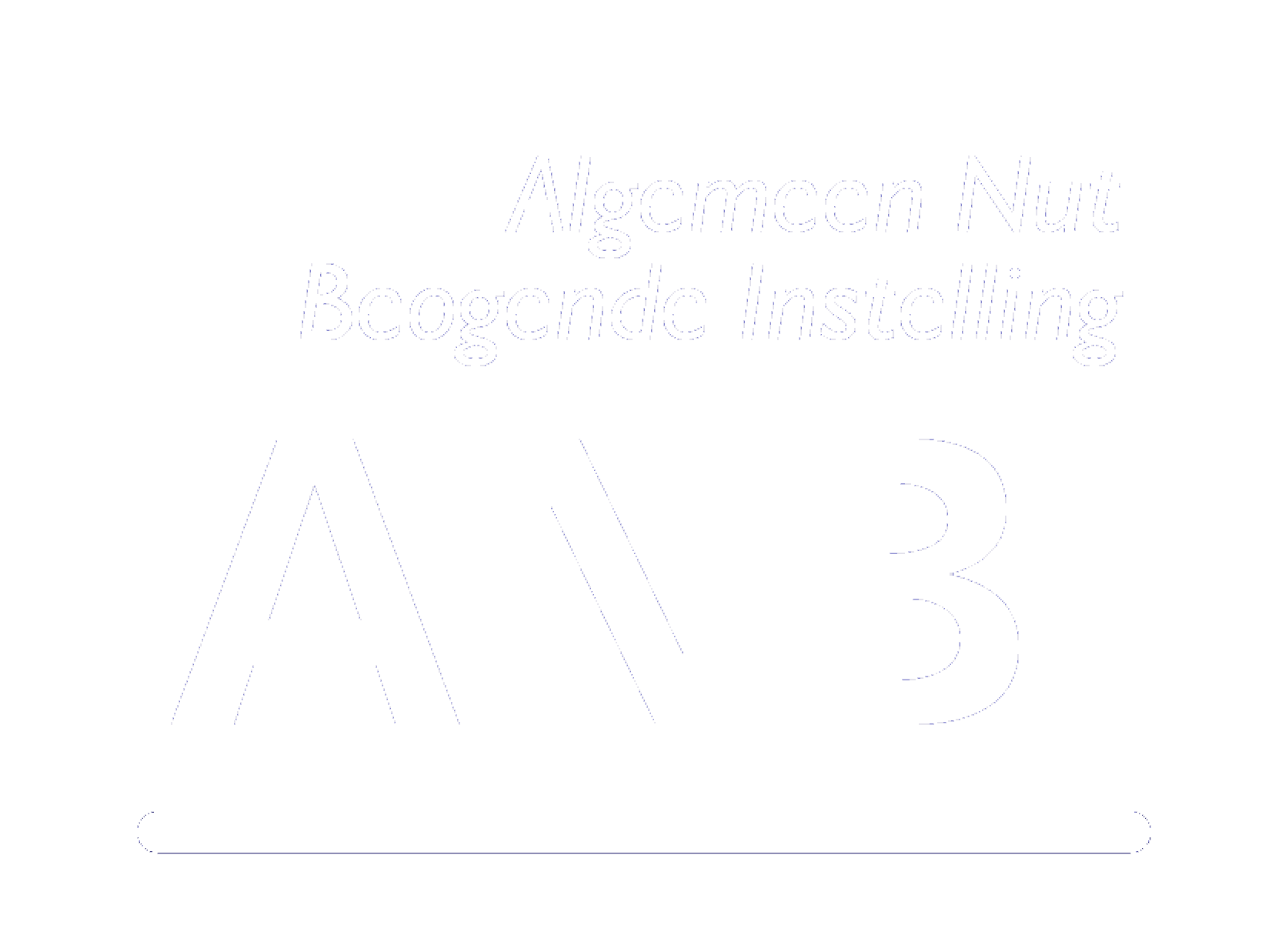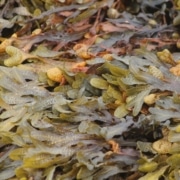3 March 2021
Microplastics from textiles are called microfibers because of
their shape. You might have never checked the label of your clothing. If you
do, you will find words like “polyester,” “nylon,”
“polyamide,” “acrylic.” These are examples of plastic
materials very commonly used in clothing.
When these textiles are manufactured, washed with your laundry, worn, or dried, they release these tiny plastic fibers in the water and the air. These microfibers have been found in almost everything we eat and drink: fish, seafood, chicken, tap water, bottled water, salt, beer. They have deeply entered our food chain, of which we are at the top, so the risk for us is even higher.
No location on Earth is safe from these fibers either; since they end up in the air, they can travel for kilometers before settling down, scientists have proven. From the top of the world to the ocean’s deepest point, neither Mount Everest nor the Mariana Trench is free of microplastic pollution. Research has shown that big cities like London, Paris, and Dongguan are also collecting microfibers from textiles. Even in pristine areas like the Pyrenees or US national parks plastic rain is falling down. An almost invisible threat that has ultimately made its way to us.
First scientific proof of microfibers affecting our lungs
Plastic microfibers are not just found in outdoor air; they can also be found inside buildings and, in particular, in the dust on the floor. Of all the floating dust in a household, 33% of it is microplastics from textiles. This is enough reason for concern, considering that these fibers might be settling on the food we eat, creating a new source of ingestion of microplastics. Research found that the ingestion of household fibers per person per year can amount to between 14.000 and 68.000 particles.
Not only that, microplastics were already found in lung tissue 30 years ago. Textile workers who process, among others, polyester and nylon fibers experienced coughing, breathlessness, and reduced lung capacity.
What makes this issue even more concerning and demands immediate action by governments and the textile industry is the latest research done by the University of Groningen in the Netherlands in February 2021. Clothing fibers such as nylon and polyester have the potential to hinder the recovery and development of our lungs. Research in the United States also just showed for the first time that the smallest plastic particles in pregnant rats could get elsewhere in the body. They were found not only in the lungs and heart of the pregnant rat, but also in the liver, lungs, heart, kidneys, and brain of the fetus.
According to the researchers, this possibly happens to humans as well.
Our report “Do clothes make us sick? Fashion, fibers and human health” highlights the scientific research on microplastic fibers and the effects on human health.
What can you do to limit your exposure?
As consumers, we often feel hopeless when we hear about problems
on such a global scale. Replacing your plastic bottle with a reusable one will
not be enough this time. Make sure you ventilate and vacuum your home
frequently to ensure that the plastic fibers are being collected.
When purchasing clothing or textiles for your home, choose sustainably
sourced natural materials as much as possible. Try to stay away from fast
fashion, as this model only encourages overconsumption of clothes, especially
synthetic ones like polyester.
Or buy your clothes secondhand. Want more tips? Download our free guide so you know what you’re buying and wearing.
By Laura Díaz Sánchez
You might also like:





